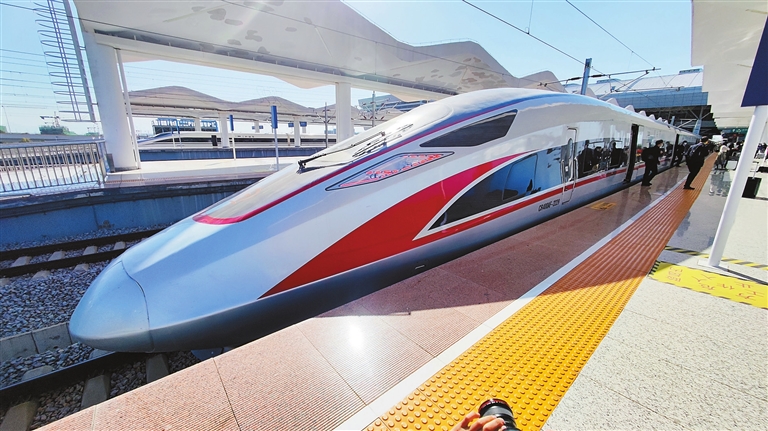
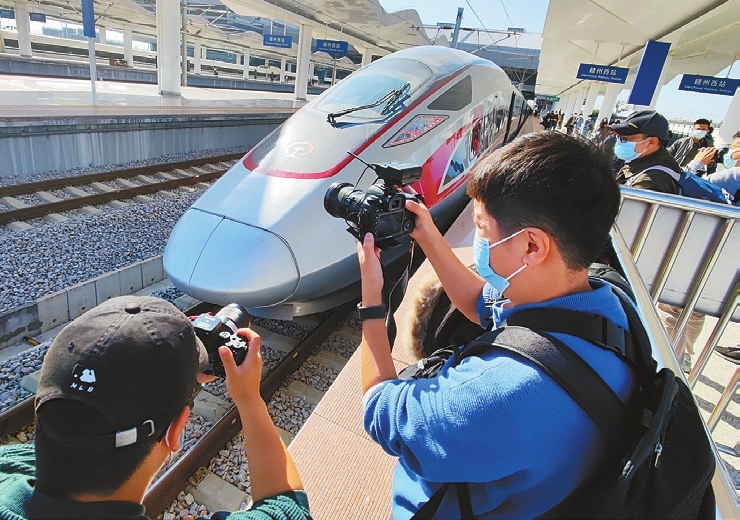

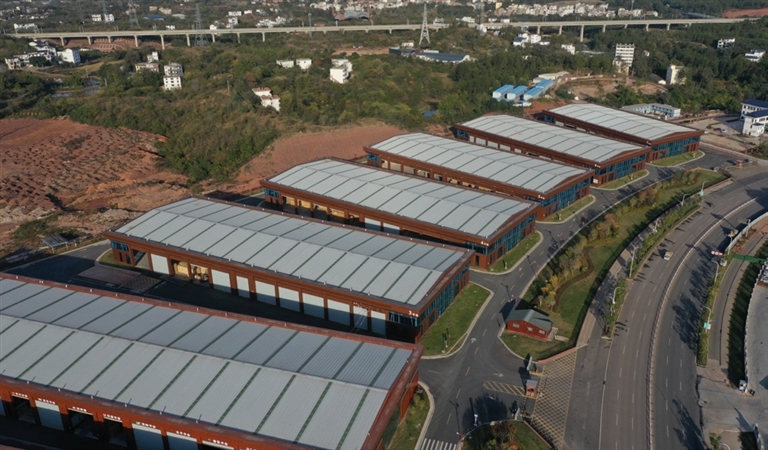
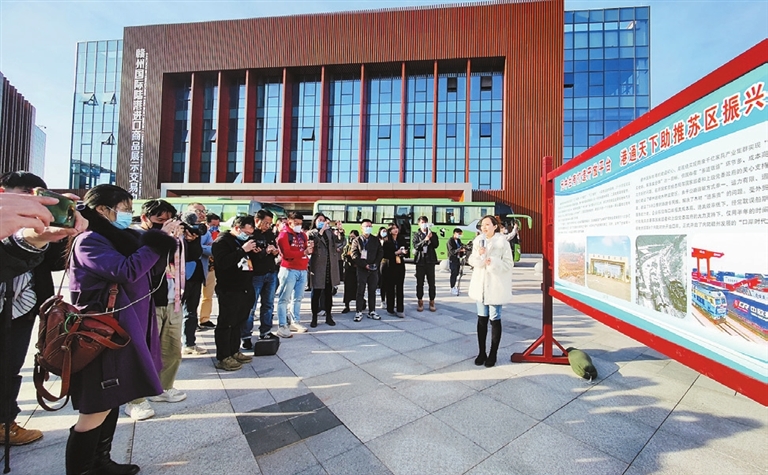


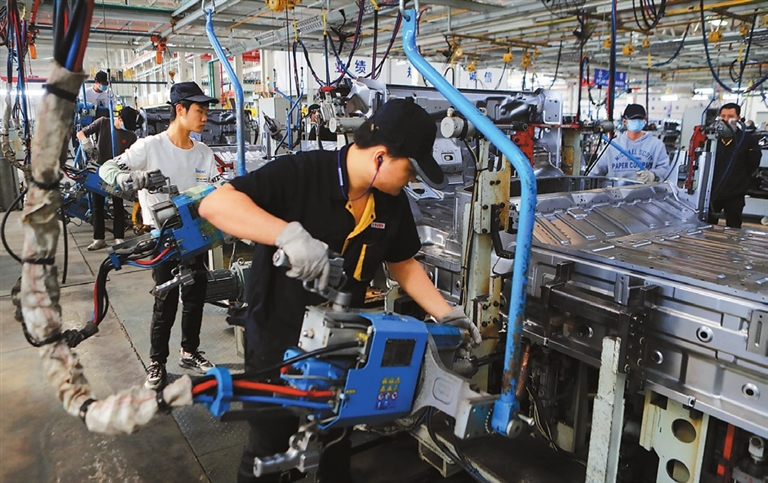
Han Ximin 1824295095@qq.com THE upcoming operation of the Ganzhou-Shenzhen High-speed Railway is expected to bring more business opportunities to local businesses in Ganzhou, the second-largest city in Jiangxi Province, with cities in the Pearl River Delta. During the initial operation stage, there will be 15 pairs of trains, 13 of which have Shenzhen as their destination, according to the operator. “The railway will bring flows of commodities, passengers, information and capital, and cooperation opportunities with Shenzhen,” said Xiao Ling, deputy manager of Ganzhou International Land Port Group. The Ganzhou company has made solid progress from Sino-Europe train operations through cooperation with Yantian Port since June 2020. The number of operational trains reached 200 in 2020, and in the first 10 months this year, the port handled 240 Sino-Europe (Asia) trains, up by 25 percent year on year. Through the joint sea-land transportation by the Ganzhou and Yantian ports, overseas timber gets imported and Ganzhou-produced furniture is exported. In 2020, the volume of Ganzhou’s modern home industry production reached 200 billion yuan (US$31.4 billion). Ganzhou is home to 2,250 industrial enterprises at and above designated levels, the first among cities in Jiangxi. Its revenue reached 338.7 billion yuan, the third among cities in Jiangxi. Nankang Home Furnishing Town is a 3.9-billion-yuan project engaged in cultural tourism. The 5-square-kilometer town, with a 2-skm core area, is a home industry entrepreneurship area integrating home designs, intelligent manufacturing, e-commerce and brand operation. The town was rated Jiangxi’s No. 1 town with distinctive features. “The high-speed railway’s operation will bring in more tourists from Guangdong and it is a great opportunity to introduce our tourism park to visitors,” said Du Meifang, head of the furniture town’s cultural and tourism department. At the Ganzhou plant of Shandong Kama Automobile Manufacturing Co. Ltd., workers were busy with different car assembly procedures and its deputy general manager Lun Zongfei believes the high-speed railway’s operation will have a “great impact” on the company. The company produces about 50,000 new energy minitrucks a year, with one-seventh of them being sold in the Guangdong market. “Though the vehicles are transported through road services, the railway’s operation will be convenient for Shenzhen suppliers such as stereo and positioning system service providers,” Lun said. He added that “Shenzhen is developed in electronic information and the chips used in Kama trucks are produced in Shenzhen. Railway transportation will save us costs.” | 
